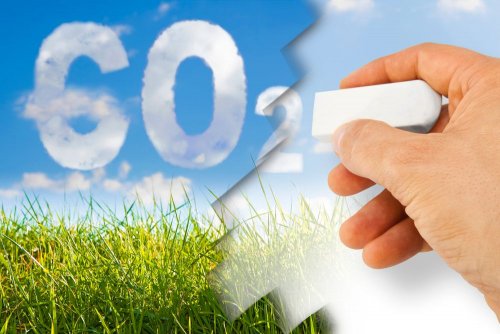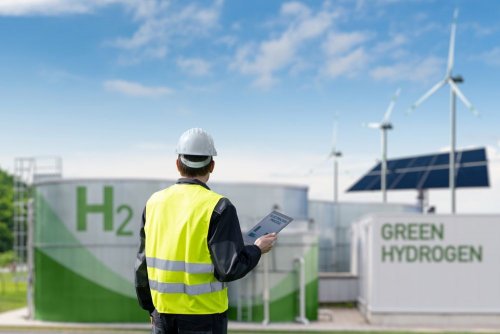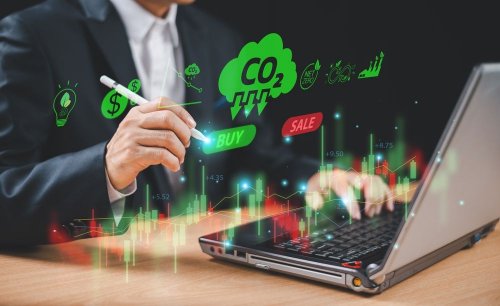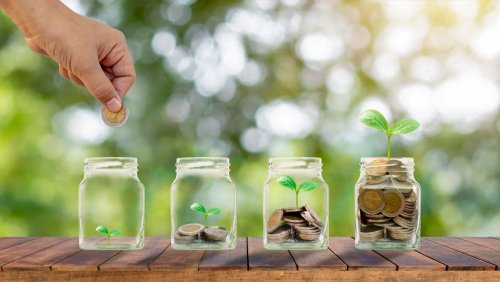Russia has dealt a powerful blow to Ukrainian "green" energy and the future of the industry depends on victory, solution of the government's problems in the electricity market and investors.
It will be possible to estimate the exact amount of losses in the RES sector only after the territories are de-occupied, reports Ukrinform.
Energy experts seek not only the calculation of direct losses, but also the calculation of lost profits, and all losses caused to the industry must be compensated by the aggressor, at the expense of russian assets seized in the EU and the USA.
In recent years, Ukraine has managed to achieve significant results in the development of renewable energy. Thus, by the beginning of 2022, its installed capacity was a total of 9.5 GW, and the amount of investments in the industry reached $12 billion.
Due to the war, half of RES facilities are under threat of complete or partial destruction – in areas where active hostilities continue, 47% of the installed capacity of power plants is based on renewable energy sources. Also, many RES stations are located in regions adjacent to military operations. And investors are waiting for the stabilization of the situation and an understanding of the future picture of the war.
In Lugano, Switzerland, Ukraine presented its own vision of post-war reconstruction worth more than $750 billion, which will include 850 projects for the reconstruction of the country. They plan to spend $130 billion on the development of the energy sector, including renewable energy sources
In November 2021, during the 26th UN Climate Summit (COP26) in Glasgow, Ukraine confirmed its intentions to develop carbon-free energy and become carbon neutral by 2060. The way to this is the abandonment of coal and gas power plants, the search for alternative sources of energy. According to the government, Ukraine had until 2035 to abandon coal and replace it with nuclear power and RES.
In March, the Ukrainian renewable energy association (UREA) announced that half of Ukraine's green generation is at risk of destruction. At the same time, almost 90% of wind turbines, 37% of ground-based, 35% of roof/facade solar power plants and almost half (48%) of biomass plants are located in areas with active hostilities.
"As a result of the war, we lost a lot of mines, we lost thermal energy generation. We are saying now that there is probably no point in restoring thermal generation in the form in which it existed, it needs to be modernized immediately," said Energy Minister Herman Galushchenko.
According to him, the main expectations of the energy sector from the conference in Lugano are the transformation of Ukraine into a platform for the symbiosis of solutions and the best technologies available in the world today in the field of energy.
According to the plans announced in Lugano, the government expects to build 5-10 GW of solar and wind power plants by 2026. In addition, there are projects for the construction of hydraulic storage stations.
"We recently signed a project for the construction of reservoirs – we are talking about 200 MW for hydro-accumulating power plants," Galushchenko noted.
In addition, it is planned to localize the production of equipment for RES facilities, build capacities for the production of green hydrogen, and develop biofuel production.
"Decarbonization, digitalization, decentralization of energy systems are the rule of three D's, which are currently being implemented in all developed countries of the world," noted Maksym Bilyavskyi, an expert on energy programs at the Razumkov Center.
He reminded that the trend of decarbonization has not gone anywhere from the world agenda, and in order to adhere to it, Ukraine must continue to develop the production of electricity from renewable sources.
As Bilyavskyi explains, with the introduction of CBAM (customs on imported goods, the size of which depends on the carbon footprint in production), when exporting industrial products (for example, steel), it will be necessary to provide a certificate that would confirm the use of green energy in the production of products, or to pay an increased tax.
"If we do not take care of the development of alternative energy now, we will have problems filling the budget with foreign currency earnings from export operations in the perspective of post-war recovery," the expert emphasized.
Oleksandr Bondarenko, managing partner of the Bureau of Investment Programs, singles out energy as one of the main blocks of Ukraine's recovery after the war. In his opinion, the production of own gas and the development of alternative sources of energy, in particular, green hydrogen, are relevant.
"According to various estimates and forecasts, in the next four years the global hydrogen production market will reach $200 billion. And Ukraine can become part of this market as the main exporter of green hydrogen to EU countries," said Bondarenko.
He reminded that Germany chose Ukraine as one of the four partner countries that will produce and export hydrogen to Germany – which is about $10-15 billion in revenue per year.
As for the volume of production of green hydrogen, the Bureau of Investment Programs estimates Ukraine's potential at about 100 GW per year under the conditions of a strong flow of foreign investments in hydrogen projects. But for this, by 2030, it is necessary to build about 25-30 hydrogen production plants .
The Ukrainian Renewable Energy Association reacted with restraint to the government's plans.
"It should be noted that the construction of all new RES capacities, both for the production of electricity and hydrogen, is planned for 2026-2032. That is, the development of the RES sector in the next four years is not a priority, although the start of the implementation of a number of other energy projects is planned for 2022-2023 years," stressed UREA head Oleksandr Kozakevych.
He notes that renewable energy in Ukraine has been fighting for survival for the past 2.5 years, and its further development has actually been halted by retrospective changes in legislation. In addition, Kozakevych reminds of the still unresolved problem of payments under the green tariff.
Thus, the state enterprise Guaranteed Buyer only at the beginning of 2022 settled for green electricity, which was produced in 2020. As of July 7, GarPok calculated 90% of renewable energy in 2021, and only 47% of this year's energy.
Bilyavskyi expressed the hope that Ukraine will show an example of a civilized dialogue with producers of alternative energy about the repayment of debts owed to them.
"It can be both debt restructuring and other mechanisms to support relations with the renewable energy sector," he said.
In his opinion, it is possible to solve the problem with settlements with producers of alternative energy by exporting to the EU exactly green electricity.
"In my opinion, the way out of the debt situation can be the creation of an international energy fund, which would be filled with money from the EU countries, including those with a deficit in electricity production. So all surpluses of clean green energy production from the sun and wind can be purchased at the expense of this fund – commented Bondarenko.
He believes that in this way Ukraine would be able to organize the export of green electricity to the European Union. However, in order to increase exports, it is still necessary to complete the construction of powerful power grids.
Back in 2021, the Ministry of Energy developed a draft law on the introduction of the Feed-in-Premium system (contracts for difference) for producers from alternative energy sources instead of fixed payments at the green tariff. Under such a system, producers of electricity from RES could independently sell the generated energy, with the right to receive compensation from Guaranteed Buyer for the difference between the established green tariff or auction price and the market price of energy. The draft law has not yet been adopted by the parliament.
In 2022, the relevant ministry ordered HarPok to distribute all money received from the sale of energy produced from alternative sources among electricity producers under the green tariff. Previously, the chain of calculations included Ukrenergo and Energoatom. As a result, Guaranteed Buyer already reported 26.4% of the settlement to the producers for 10 days of July.
"So far, this is the highest indicator since March," said Andrii Pylypenko, head of the state-owned enterprise.
However, at present, the problem of the green tariff remains strategically unresolved.
Eaarlier, EcoPolitic wrote, that State Energy Efficiency develops legislation and a unified platform for registers of guarantees of origin all types of renewable energy.
As EcoPolitic previously reported, Guaranteed Buyer has developed a draft law to obtain the right to export green electricity and develops by-laws for export operations.





